Concluding our two part look back at 1999’s The Iron Giant. In 1957, young Hogarth Hughes has befriended a gigantic robot which has fallen from outer space and eats metal. Hogarth hides him out in beatnik artist Dean McCoppin’s junkyard, where the giant can eat to his heart’s content.
Hogarth returns home around dawn, where he is unpleasantly surprised to learn that government agent Kent Mansley has become his mother’s new boarder. However, Mansley is only interested in finding the giant, to the point that he cracks and screams at Hogarth in the malt shoppe…
At least until the laxatives Hogarth has slipped into Mansley’s malt take effect. And this is where the film starts to lose me. Mansley is portrayed as a caricature of the worst left-wing fantasies about Cold War paranoiacs. Mansley is the dark side of those 50’s “Duck and Cover” movies parodied earlier in the scenes in Hogarth’s classroom. He backs Hogarth against the wall while screaming at him about the Chinese and the Soviets, and we are supposed to dismiss him as a raving lunatic because we’ve seen how gentle the giant is and as far as the film is concerned, Stalin doesn’t exist. But in the real world that this film seems to be trying to make a statement about, there are a few million Russians who could tell you just how correct Mansley is to be paranoid about Stalin’s regime, if they weren’t too executed to do so.
Anyway, Hogarth gets away and finds that Dean has put the giant to work, helping him create his metal sculptures.
One thing I really like about the giant is the Miyazaki feel I get from him, not just in his design, but in the way he acts, his innocent charm.
Hogarth talks Dean into going out to the lake, where the giant learns how to cannonball. Later, Hogarth and the giant then run across a deer in the woods, where we get our next heavy-handed morality lesson.
The deer is, of course, completely unafraid of the gentle metal giant, but flees when it hears a twig snap. And seconds later, a shot rings out. The giant and Hogarth follow the sound to find two hunters by the dead body of the deer. Hogarth tells the giant all about the finality of death, and we learn that “guns kill” and “it’s bad to kill.” We also get a brief ominous hint that the giant may be more dangerous than we thought.
And I’m not trying to somehow take the knee-jerk contrarian “yay, murder” view here, but it’s weird in a film that tries to be a sophisticated all-ages fantasy with some real charm and emotional depth to the main characters, that the villain is such a cardboard Emmanuel Goldstein for whom we should feel nothing but our requisite Two-Minute Hate and the moral lesson is delivered in such a blanket fashion in the vocabulary of a kindergartener.
So Hogarth leaves the giant at the junk yard and heads back home, where he is tied up and interrogated by Mansley, who has found a photograph of Hogarth and the giant together. Mansley threatens to have Annie declared an unfit parents and take Hogarth away from her, so Hogarth confesses the giant’s location. Mansley calls General Rogard to come take the giant into custody.
However, Hogarth is able to slip away while Mansley is sleeping, so when the army arrives the next morning, they find…
The giant as art. Not only is Mansley discredited, but Annie gets to see Dean’s artistic side, and we get the first hints of a romance between the two. The soldiers leave and Hogarth celebrates by playing cops and robbers with his giant buddy. But although he wants the giant to play the evil robot Atomo, the giant hangs a big ‘S’ on his chest and calls himself Superman. And look, he even has the heat vision!
Yeah, turns out that when the giant sees weapons, even fake kiddie spark guns, he goes into a defensive mode that most of us would call “attacking.” Damn, I’d hate to see what he would have done to that kid with the Pop-Tart.
So Dean freaks out and calls the giant a “big gun that walks.” The giant is so dejected that he runs away, and just so we know how bleak things have gotten, it starts to snow. Dean realizes that the attack was a defensive reflex and helps Hogarth chase after him. But before they can catch up, the giant saves a couple of kids in town from falling off a building. Yay, he’s a hero again!
Until the army arrives and starts shooting at him. The giant grabs Hogarth and runs away to protect him. Dean tells Mansley that the army must stop the attack so as not to endanger Hogarth, but evil Emmanuel Mansley tells the general Hogarth is already dead, so the general calls in an airstrike. In the course of running away, the giant discovers that he can fly, which is pretty thrilling for about 20 seconds, until the fighter jets arrive. After a brief aerial chase, the giant is shot down. He sits up to see Hogarth lying unmoving in the snow and assumes he is dead.
So this time, when the soldiers arrive and resume shooting, the giant does not fight his violent urges, which is when he transforms into an awesome alien uberweapon of immense power.
The tanks cannot stand against him, so Mansley convinces the general to order a nuclear strike from an offshore submarine. But before they can launch, a not-dead Hogarth manages to calm the giant down, and Dean convinces the general to suspend the attack. Which is not good enough for Mansley, who is even more frantic and paranoid than before. He seizes the general’s radio and orders the nuclear strike. The missile launches; the town is doomed.
But the giant, who has decided he is not a gun, shares a tragic goodbye with Hogarth (complete with reprised, recontextualized dialogue from earlier in the movie) and takes off to stop the missile before it can hit the town. As he nears the missile, the giant says, wistfully, “Superman…”
And this moment is so perfect, not just because it encapsulates the giant’s yearning to be more than a weapon, but because it calls back two previous Superman appearances. In the 1978 Superman the Movie starring Christopher Reeve, Superman races to stop a nuclear missile in the climax. And more significantly, there’s a 1953 episode of The Adventures of Superman starring George Reeves titled “Panic in the Sky,” in which Superman must stop an asteroid threatening to destroy Metropolis. They even mimic the camera angle.
The giant collides with the missile in space just as it’s beginning its descent and there’s a huge explosion. And because Superman is a Christ figure, and the movie wants us to identify the giant with Superman, his destruction leaves a huge glowing cross in the sky that doubles as the Christmas star.
And so, everybody but Mansley and the giant live happily ever after.
Um, just make that Mansley. Because as we saw earlier, the giant has a beacon that can call his scattered pieces in so he can reassemble himself. And sure enough…
He is Risen.
And that’s it. I really like this film in a lot of ways. The production values are great. I love the voice acting, and the animation has a lot of appeal, and the characters are charming with one major exception.
But the big flaw that keeps this film from being a classic for the ages is something I see in a lot of Hollywood films, and that is the tendency to confuse a political message with a moral one. The movie’s moral message–“You decide who you are going to be”–is a fine one, but it gets muddied by being dragged into the political weeds of  “Guns are bad” and “the Army’s kind of useless” and “the Cold War was just a bunch of crazy right-wing dudes overreacting to a non-existent threat.” One message is universal, the others really aren’t.

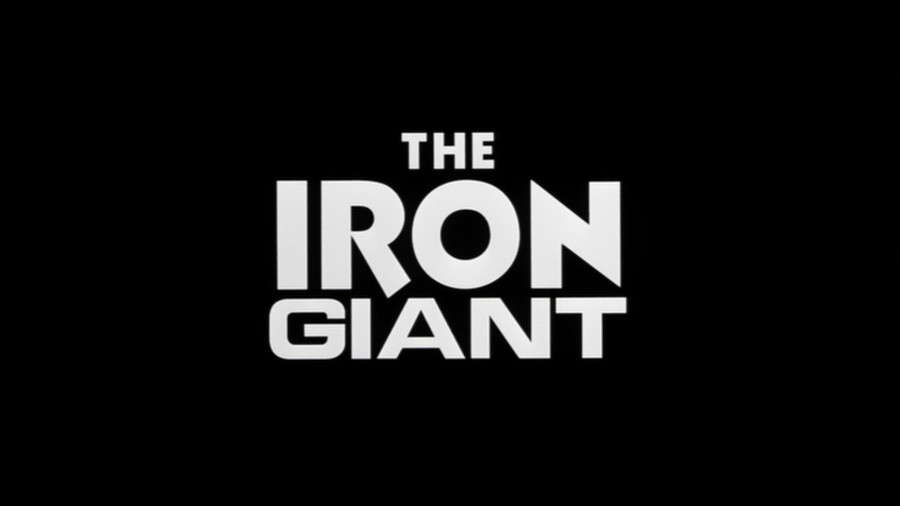
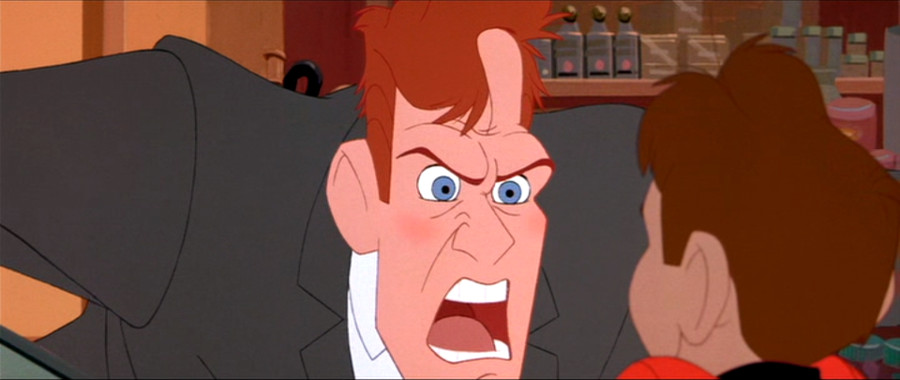
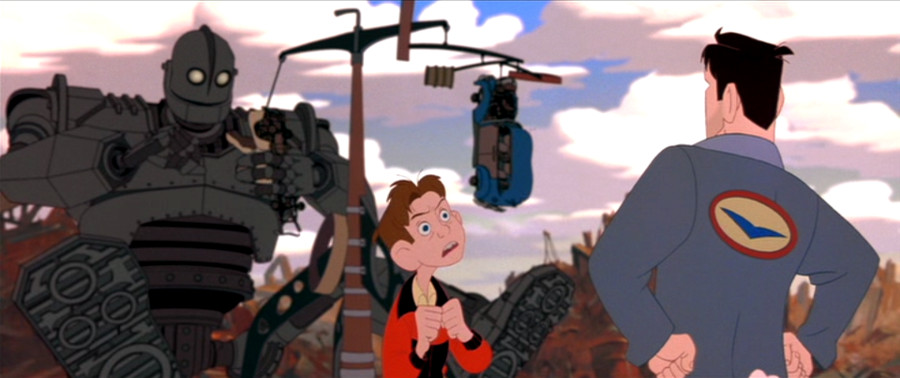
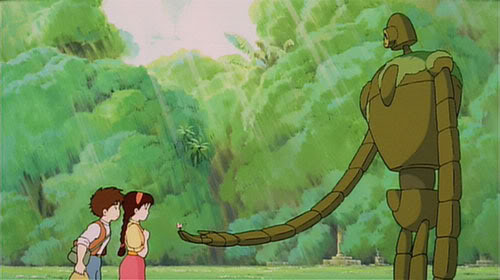

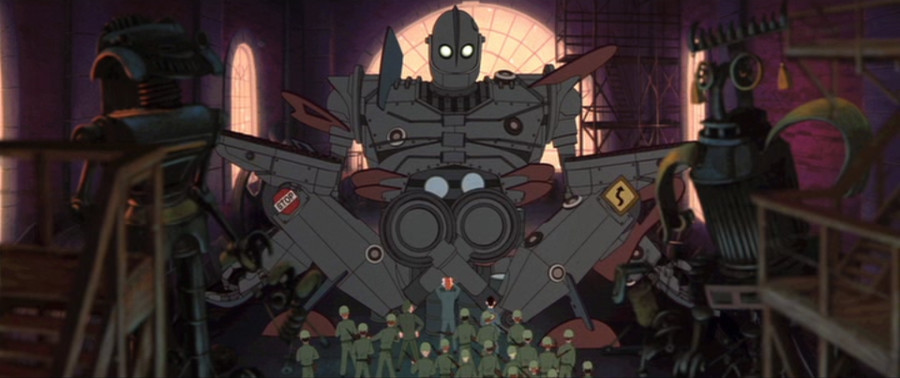
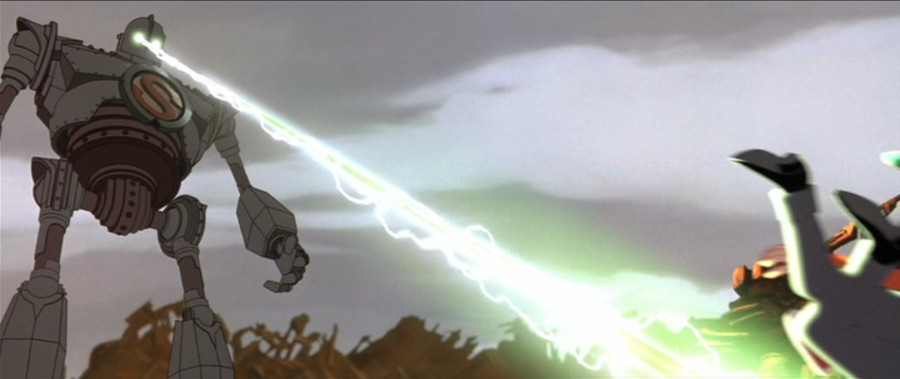

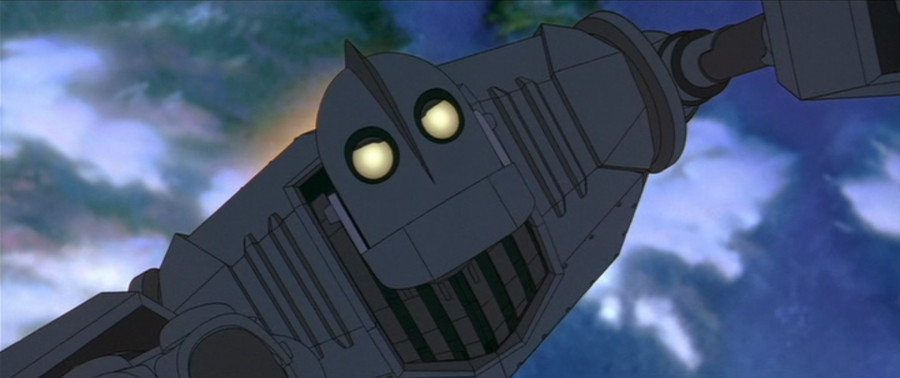

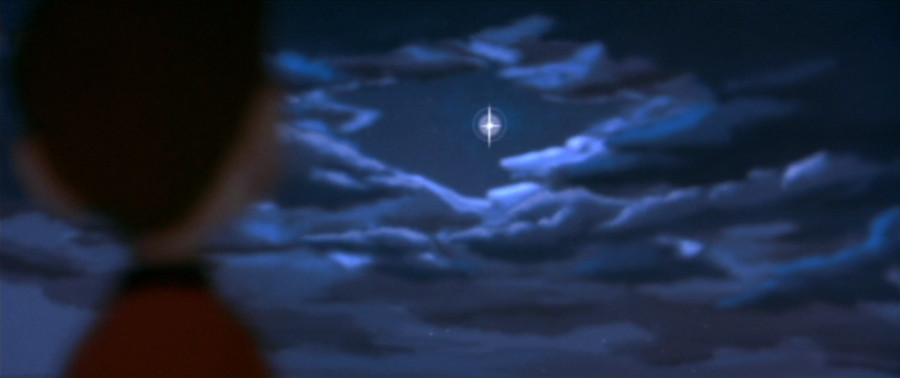
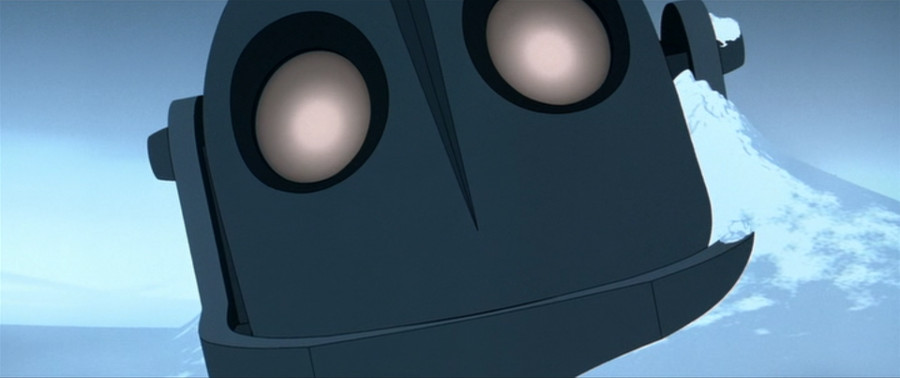



I would love to see this movie and would be considered part 2
The Iron Giant Love
My first child was only 15 years old I live in Vietnam liked this movie because the movie’s emotional film made me cry and pray so he let out part Brid Brand or learn English but not very convenient, love this film too